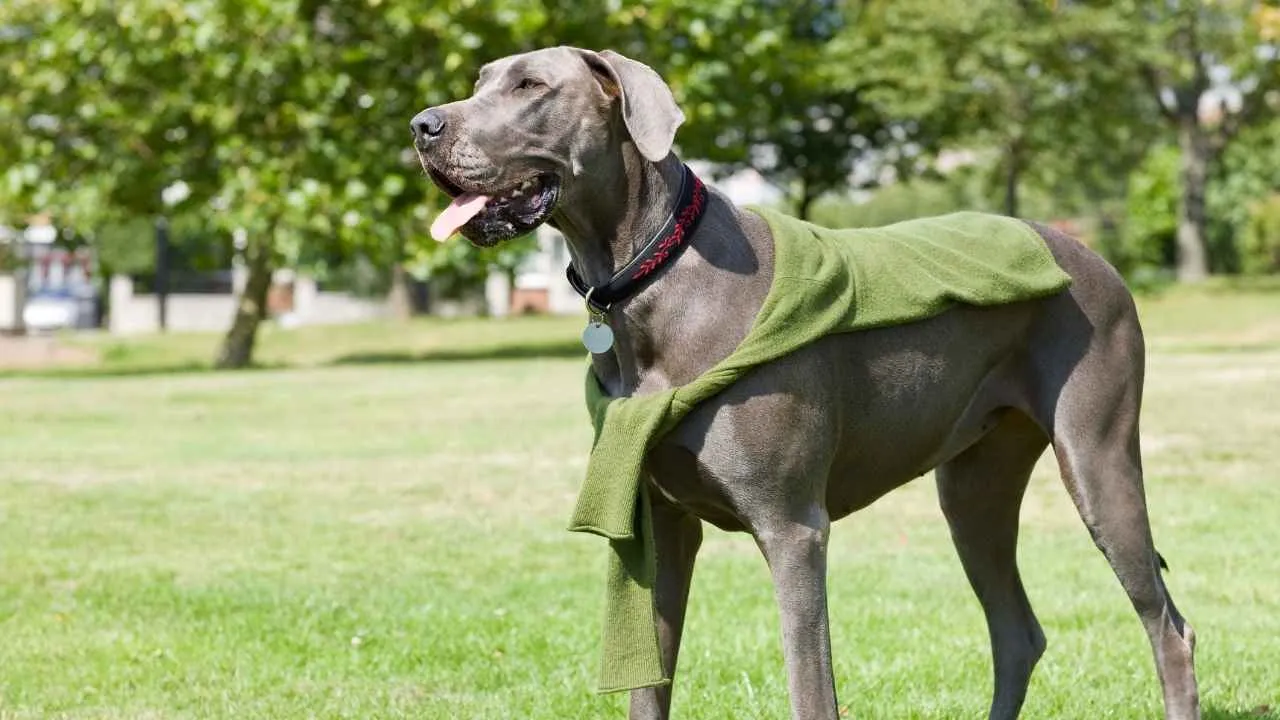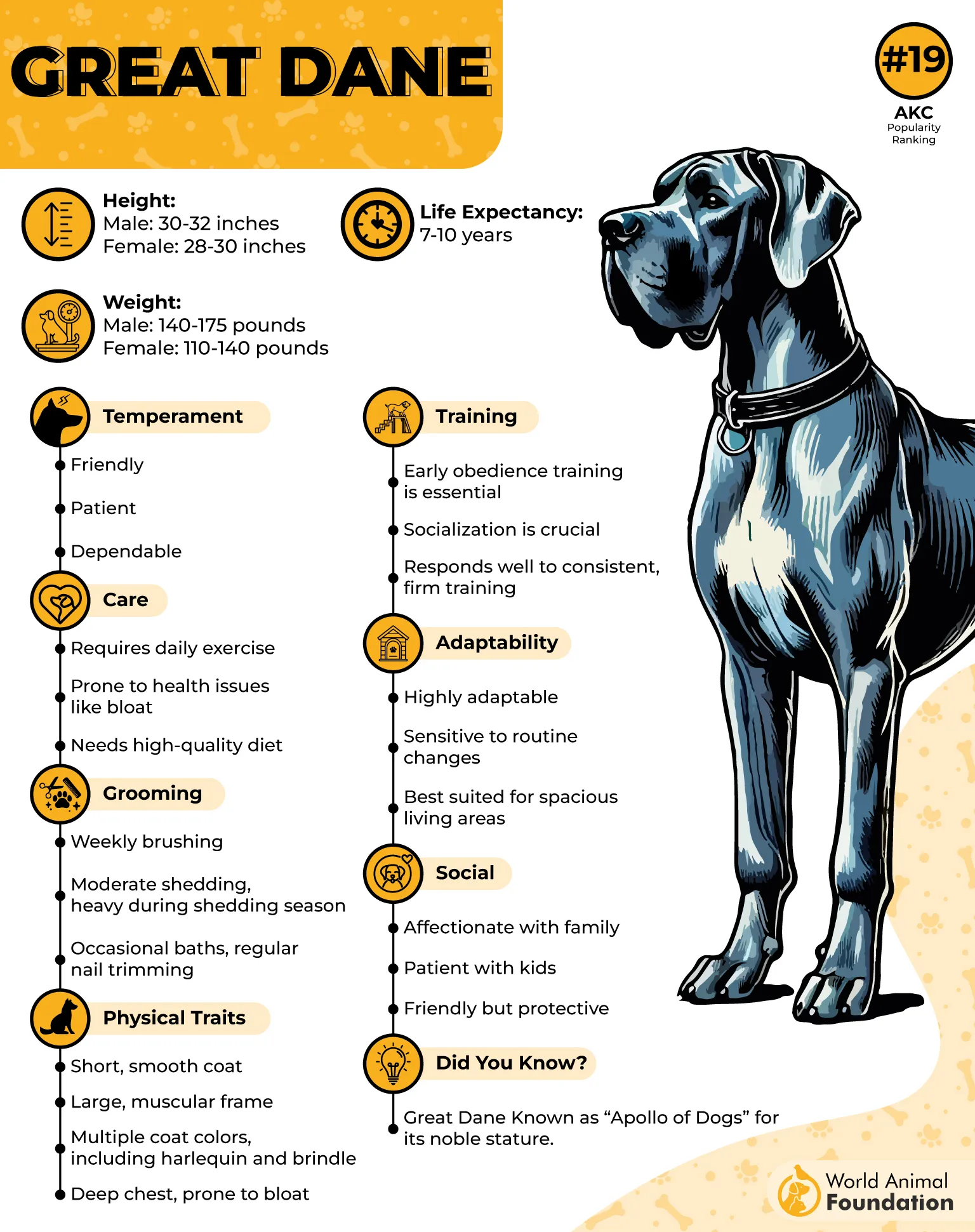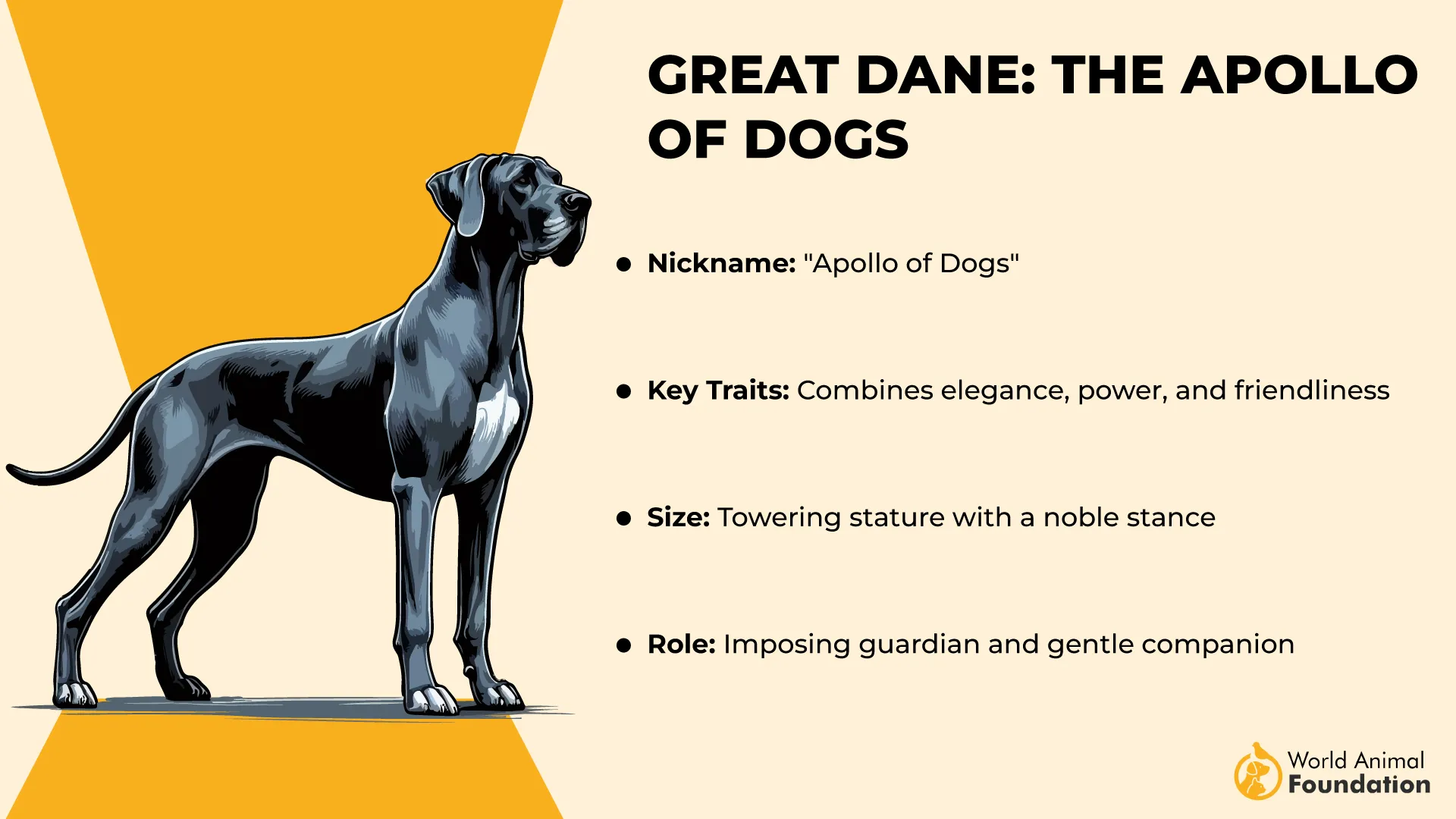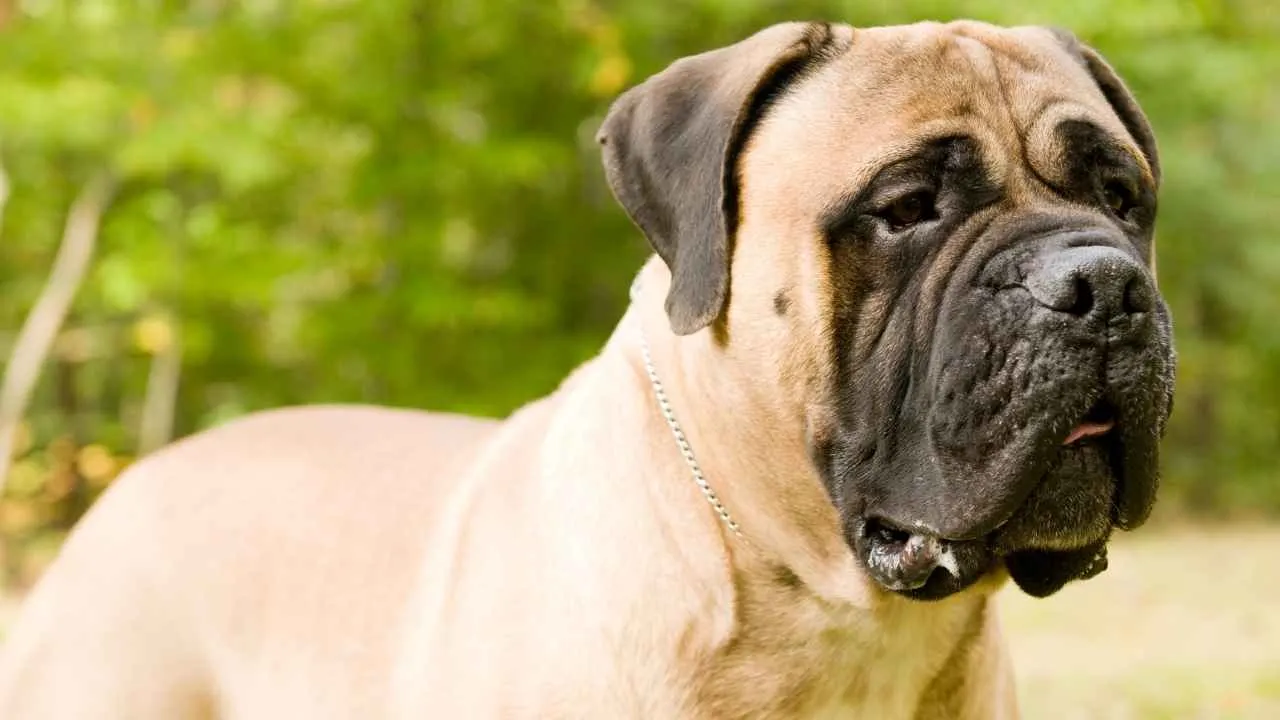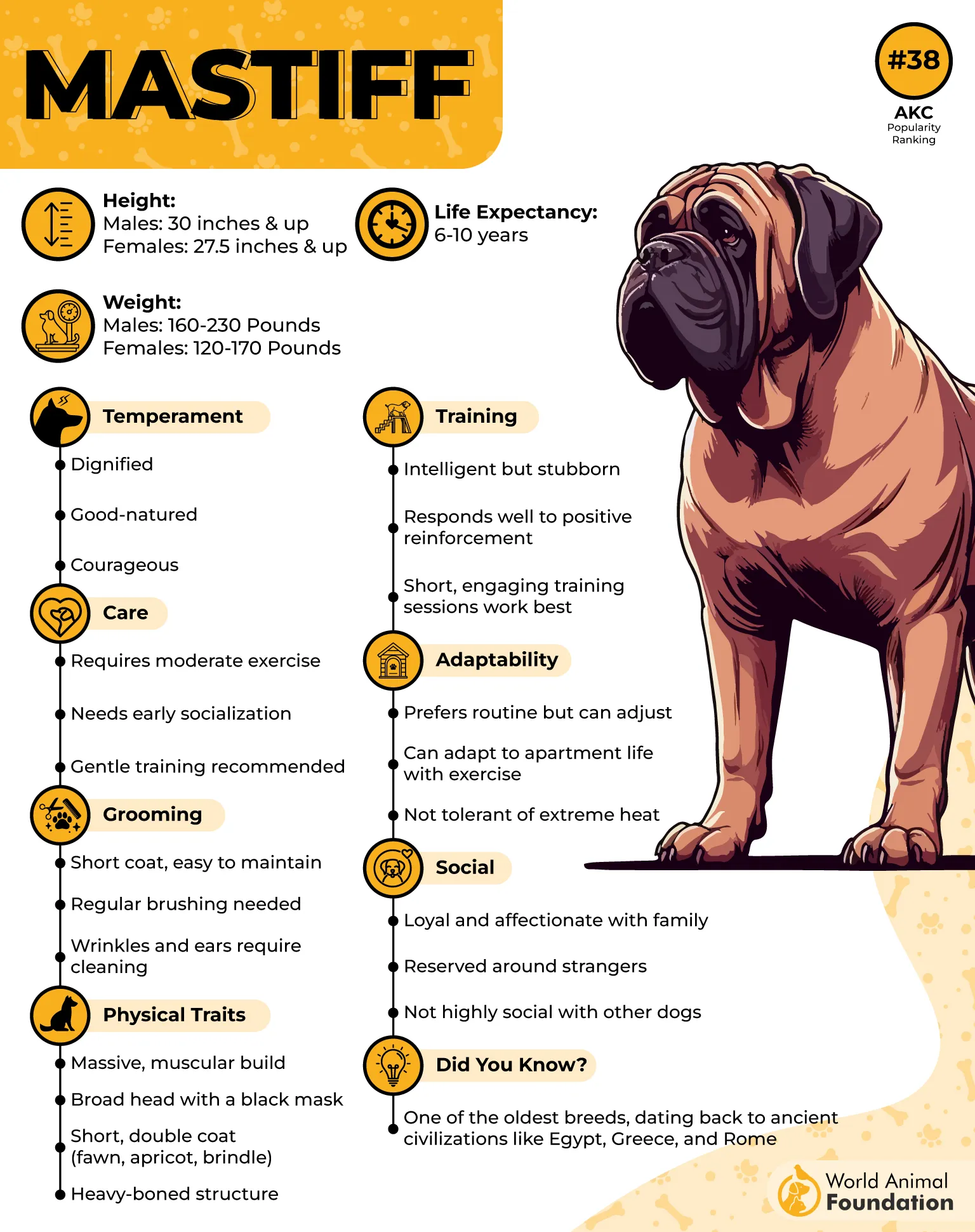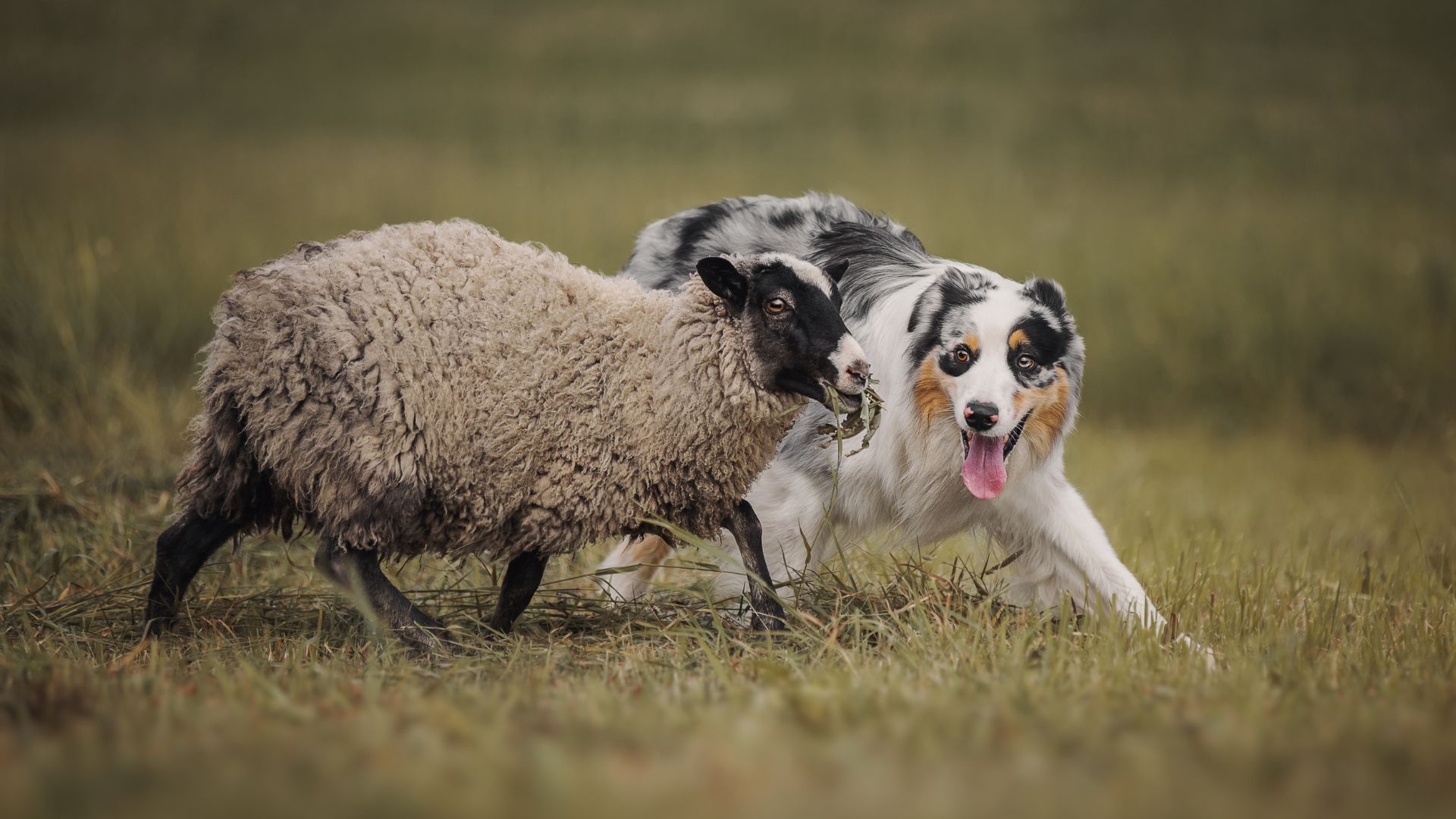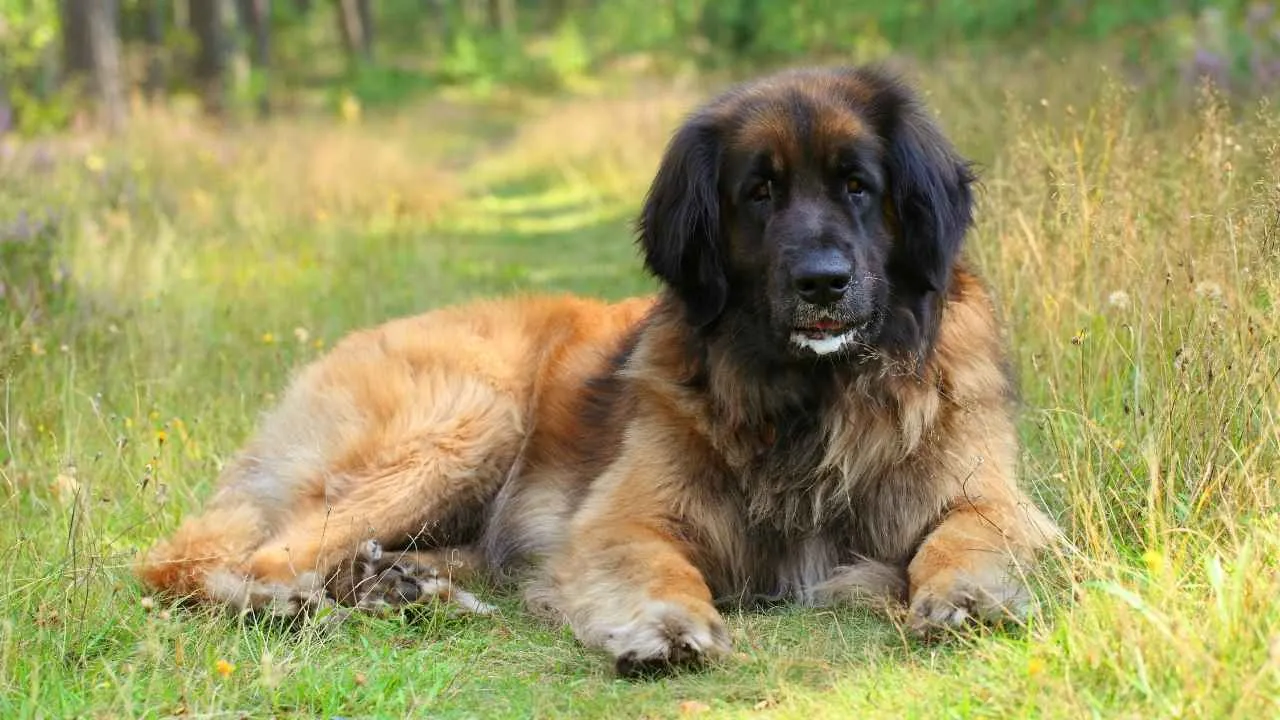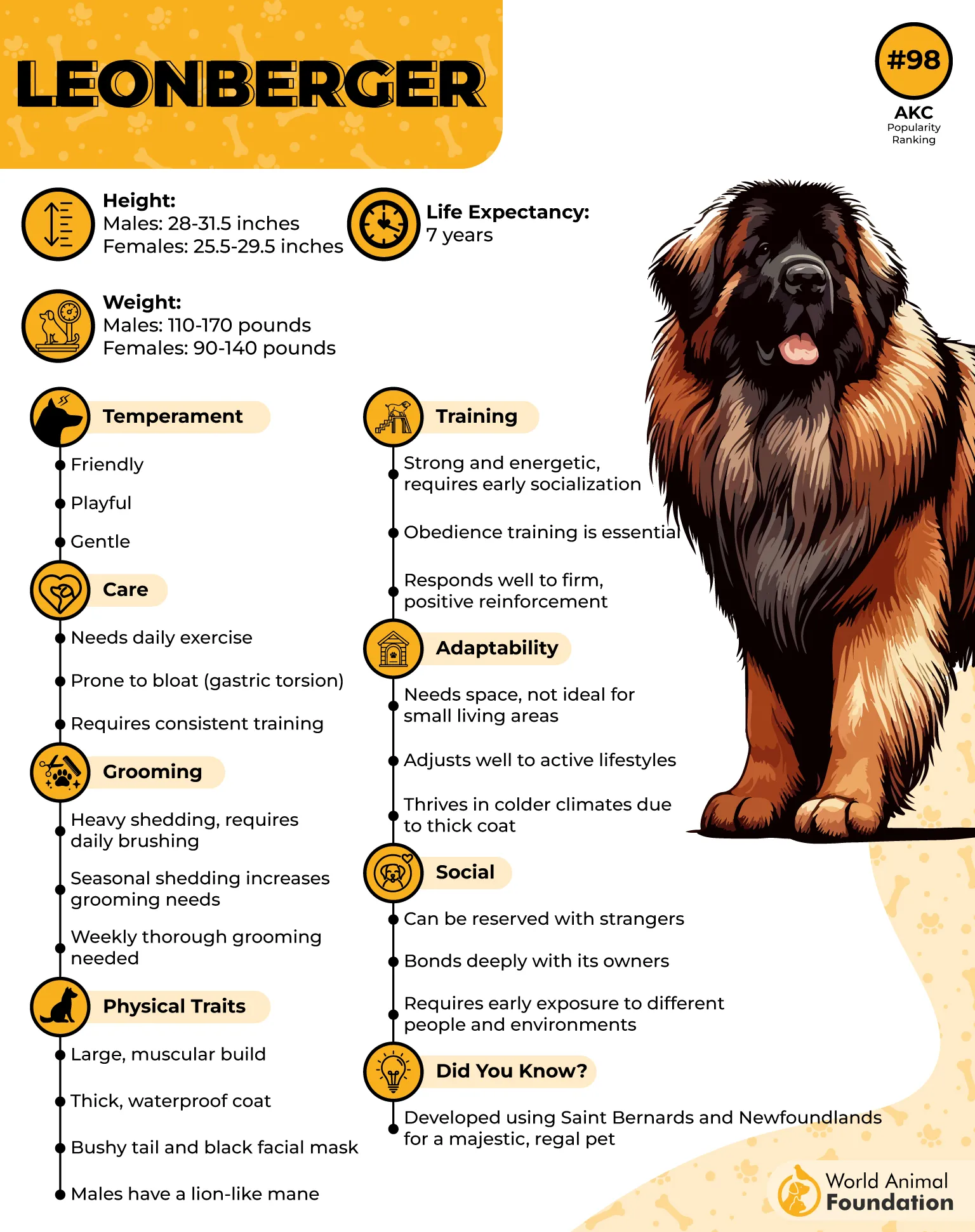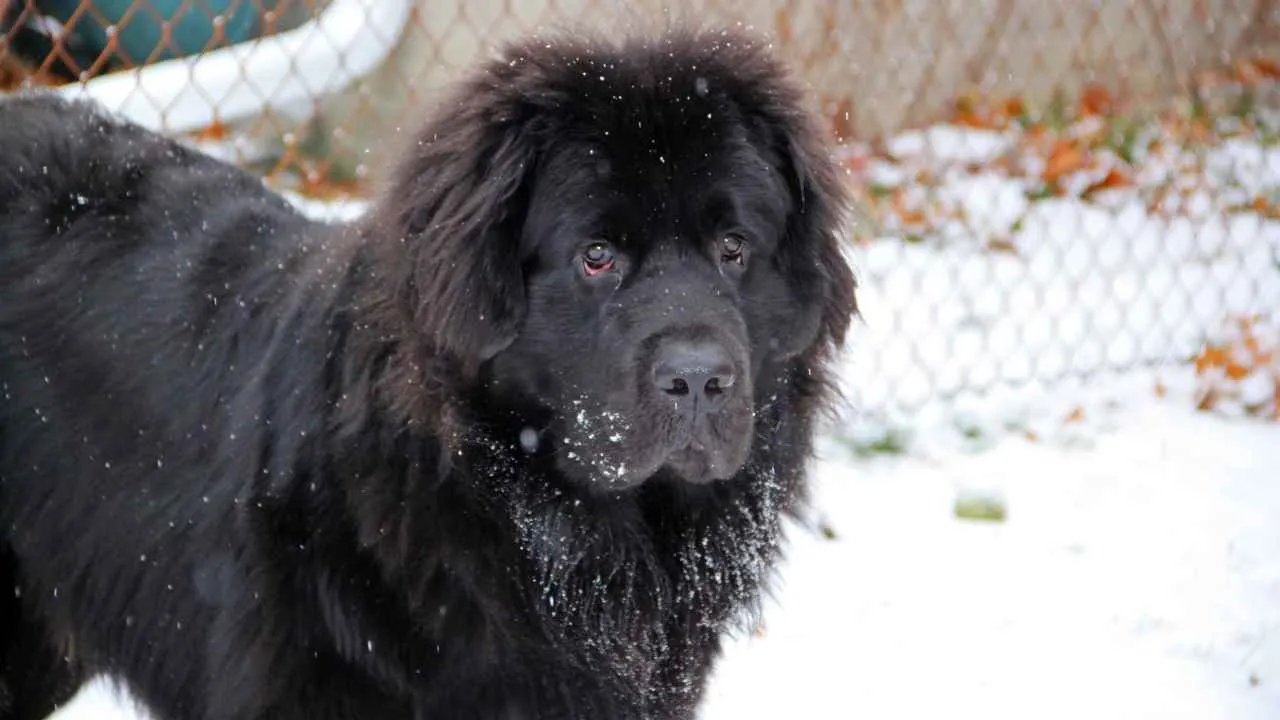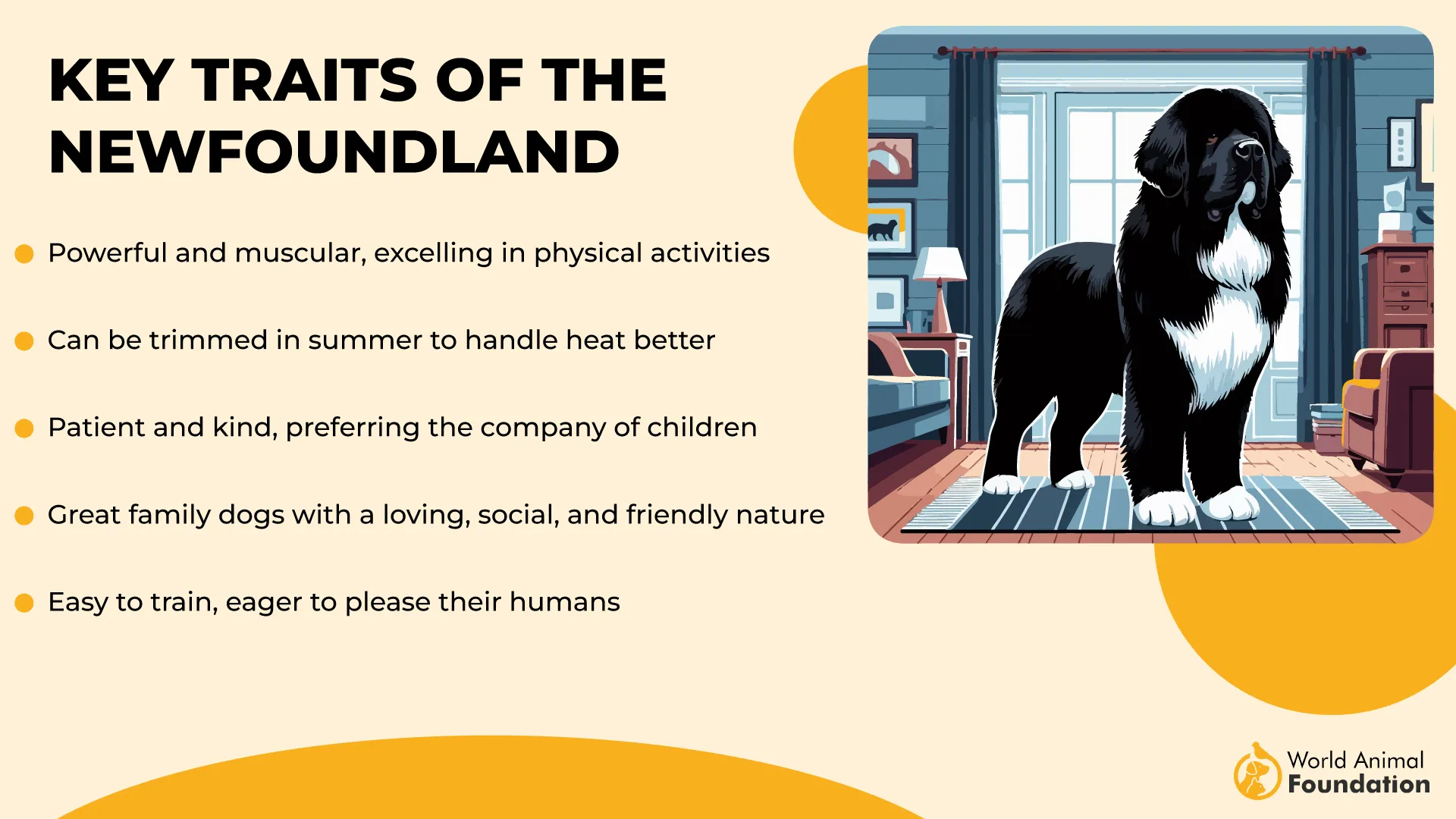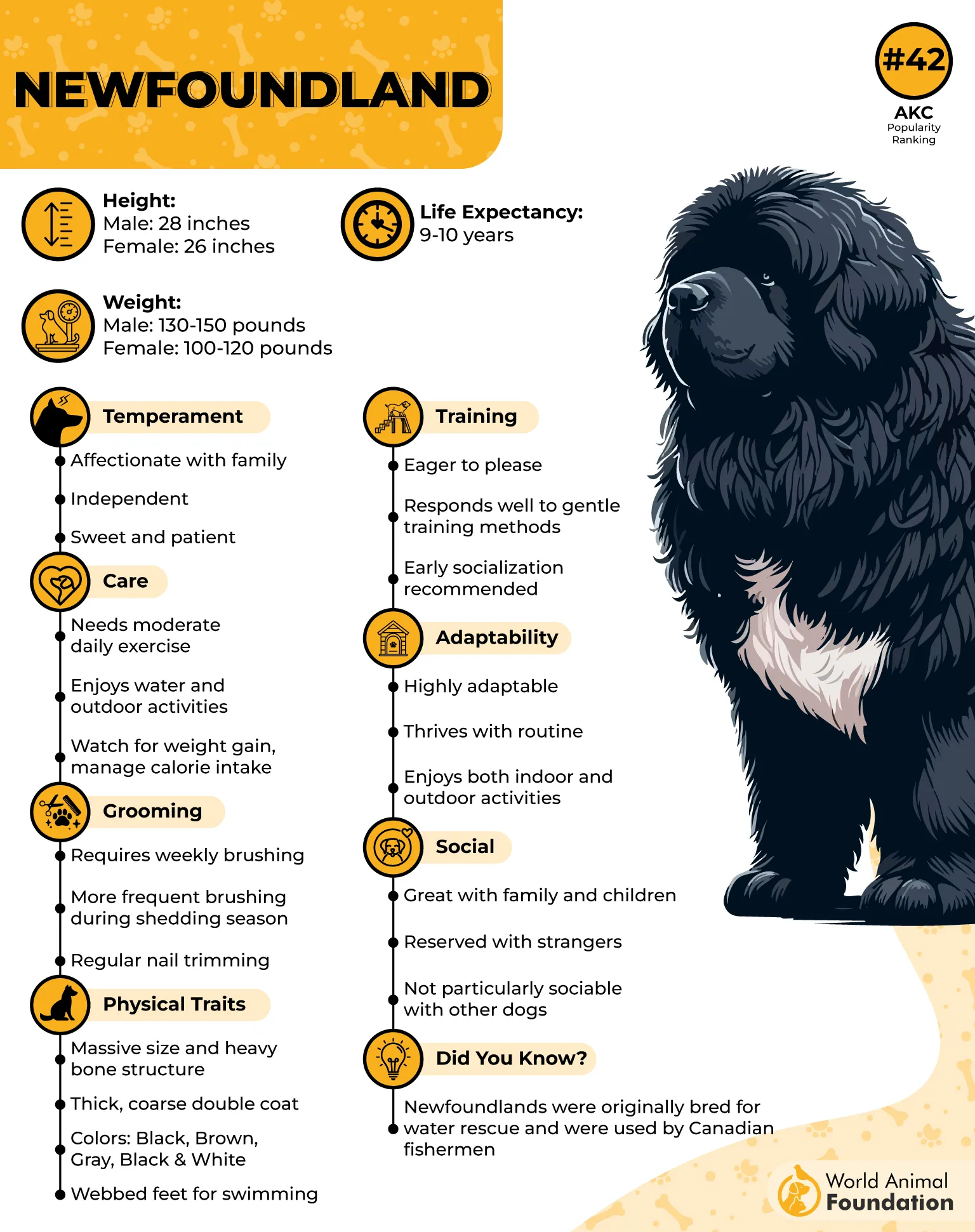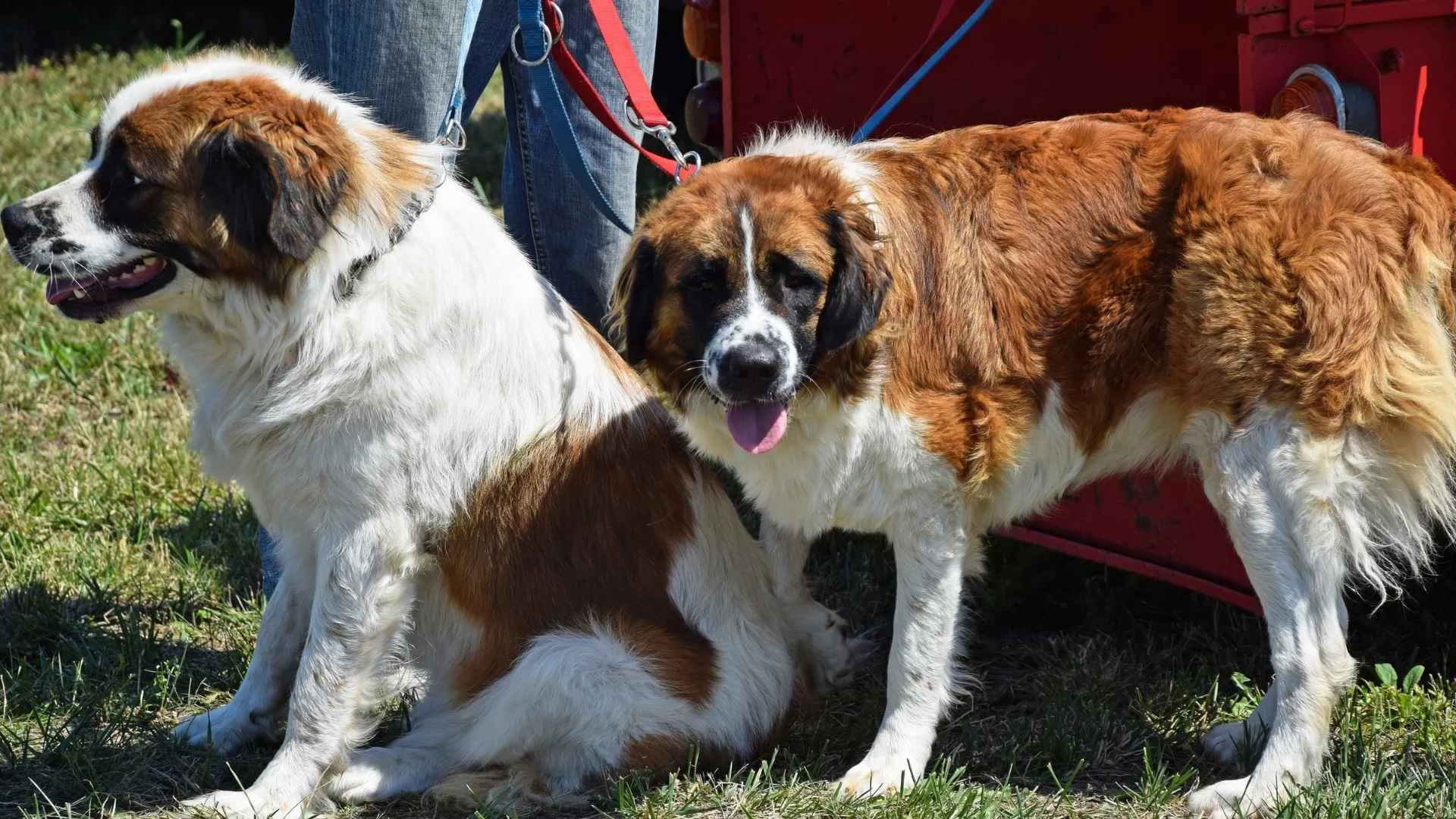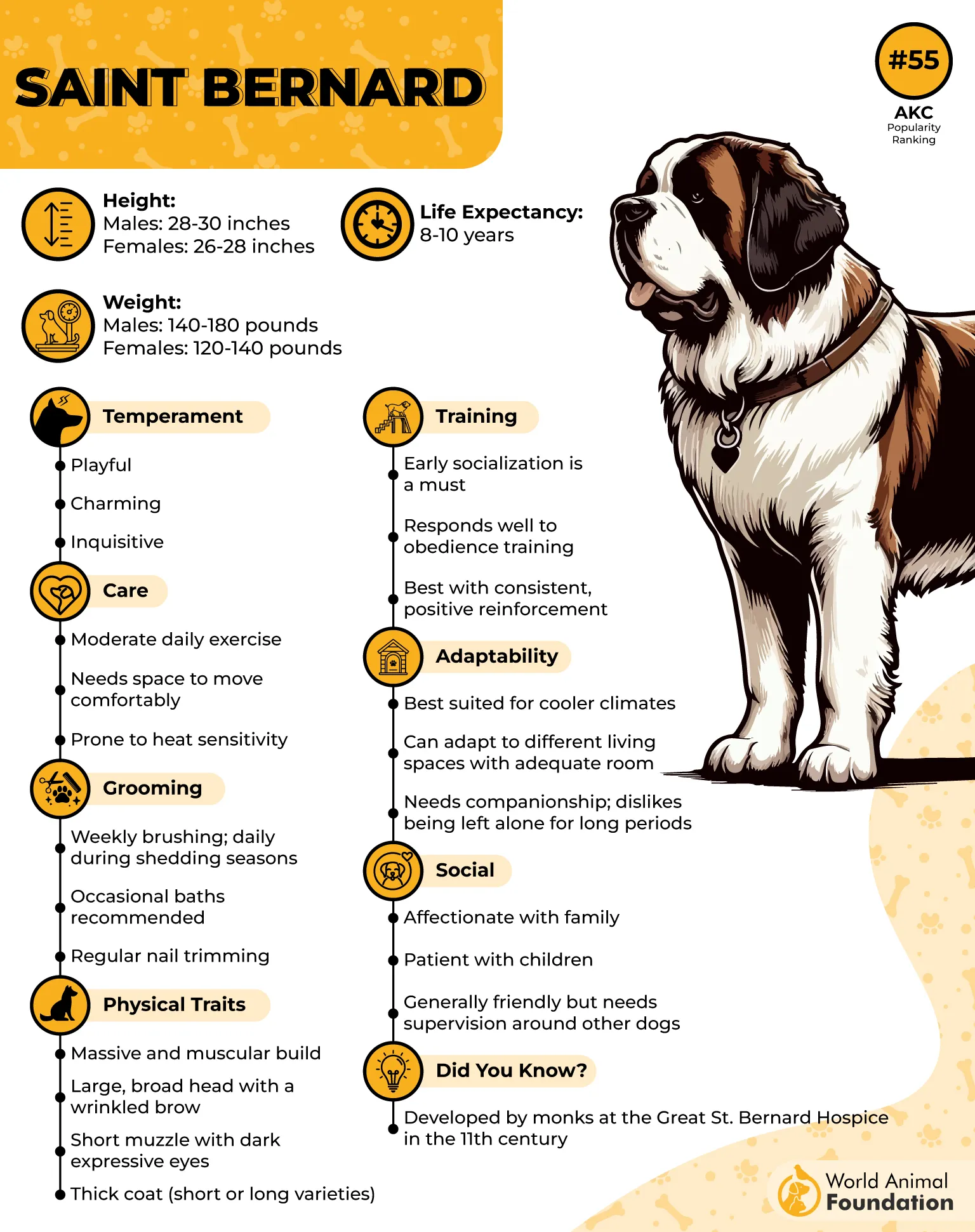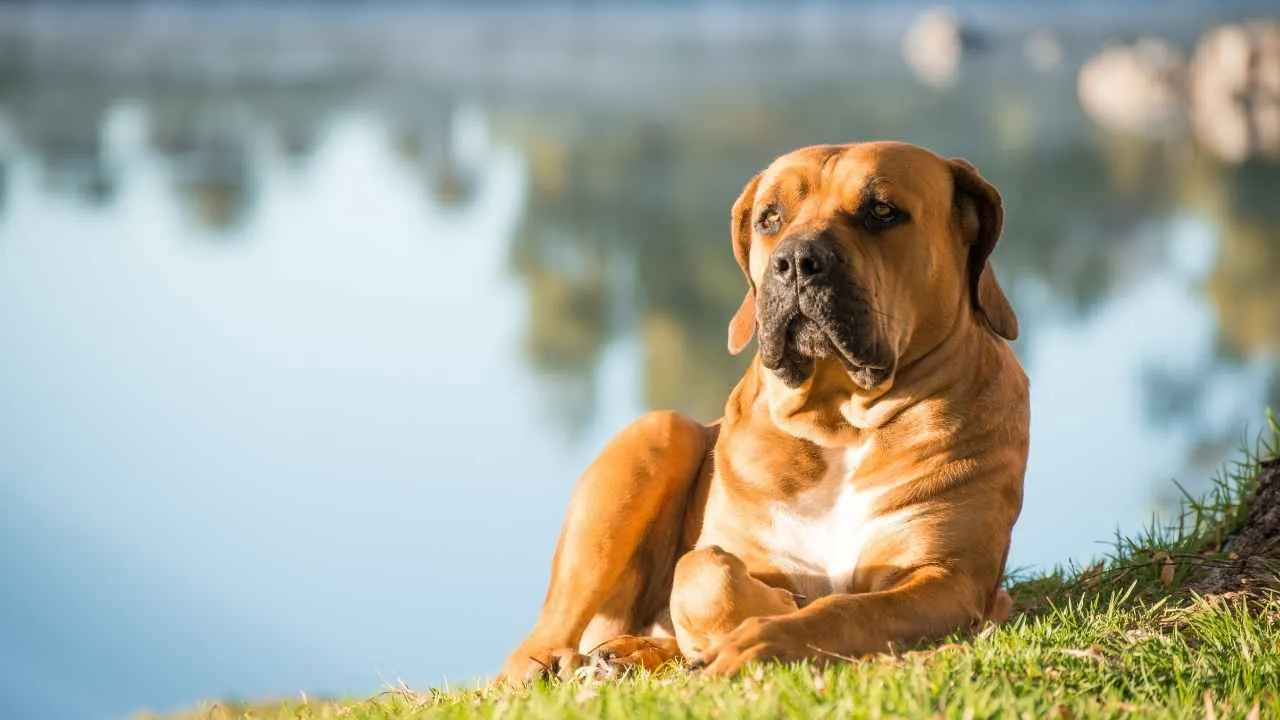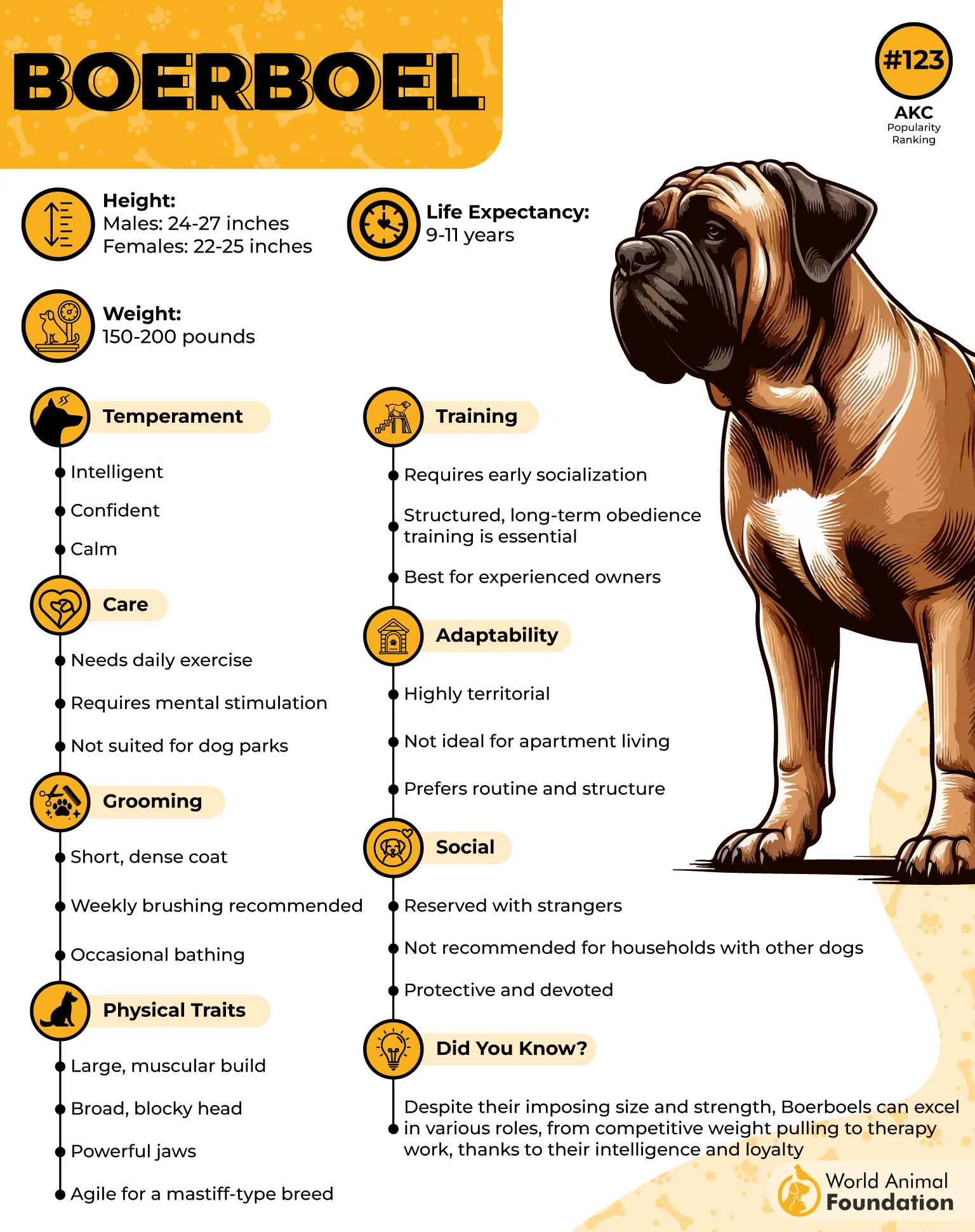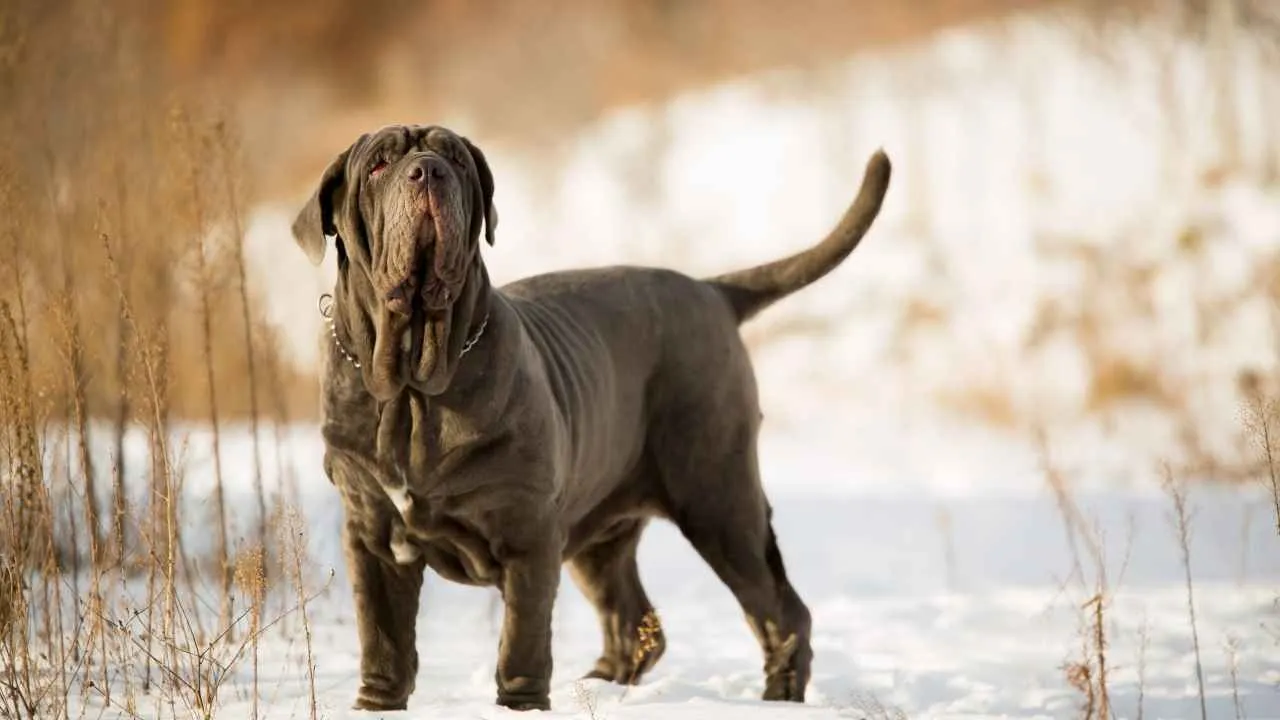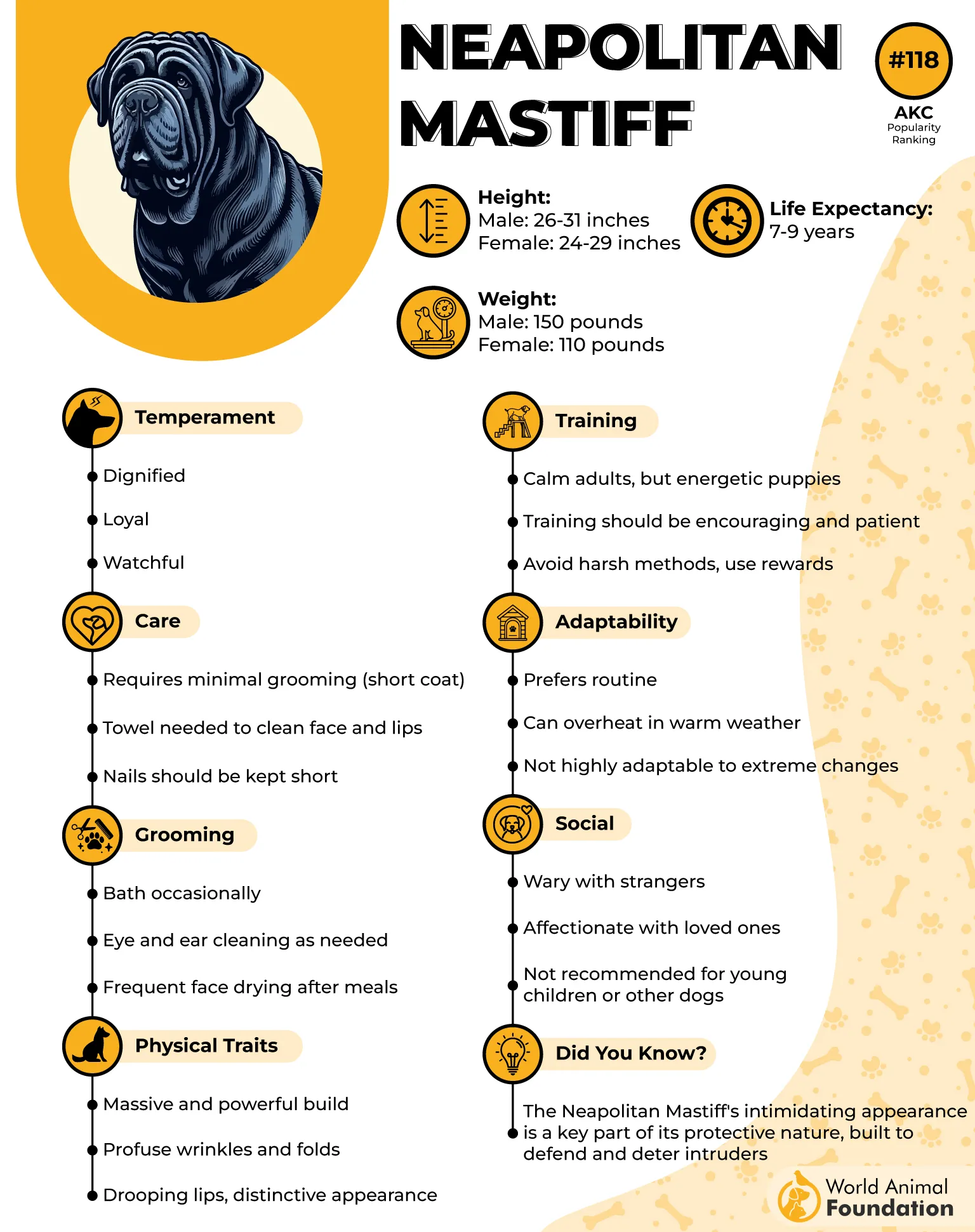WorldAnimalFoundation.org is reader-supported. When you buy through links on our site, we may earn an affiliate commission. Learn More
Did you know that some working dogs are just as skilled at taking it easy as they are at getting the job done? While many working dogs are known for their boundless energy, there’s a special group that balances hard work with an easygoing attitude.
These “chill” working dogs are the perfect blend of calm and focus, offering a relaxed presence at home without compromising their ability to get things done. Whether they’re herding, guarding, or assisting in other tasks, they know when it’s time to work and when it’s time to unwind. For those who want a dog that can thrive in a busy lifestyle but also enjoys downtime, these breeds are the ultimate companions.
If you’re looking for a working dog that’s as relaxed as they are reliable, you’re in the right place! Let’s dive into the world of working yet ‘chill’ dog breeds.
Chill Working Dog Breeds
1. Great Dane
The Great Dane, developed over 400 years ago in Germany, is the tallest of the working dog breeds. Originally bred for boar hunting, it is known for its impressive size, large square-jawed head, and graceful yet powerful body. The breed’s coat comes in various colors, including black, fawn, brindle, blue-gray, harlequin, and mantle, with fawn and brindle dogs often having a black mask.
Despite its name, the Great Dane traces its origins to Germany, where it was known as the Deutsche Dogge. Initially bred for hunting wild boar, the breed evolved into a taller, more refined dog with an elegant appearance, all while retaining its strong hunting instincts. Popularized in media by characters like Marmaduke and appearances in films like The Ugly Dachshund, Great Danes have become iconic for their size and demeanor.
Often dubbed “gentle giants,” Great Danes are known for their affectionate and friendly nature toward both family members and strangers. Though playful, they have a relatively low energy level and prefer shorter bursts of activity. Easy to train, they respond more slowly than some other breeds but excel as watchdogs. Their size, however, can make them challenging for young children or seniors to manage.
Historically, these dogs were used in packs for hunting, and their noble appearance earned them the title “Apollo of dogs.” Once considered sighthounds due to their hunting instincts, Great Danes are now cherished as loyal, kind, and gentle family companions, making them an ideal choice for those seeking a dignified and loving pet.
To ensure they grow into well-mannered adults, obedience training and early socialization are essential. Exposing puppies to various environments, people, and situations from an early age is key. With the right guidance, Great Danes can thrive alongside other pets and humans, becoming a wonderful companion for families seeking a majestic and affectionate dog.
2. Mastiff
The Mastiff is a formidable yet gentle breed, known for its broad head, drooping ears, and short, coarse coat. The breed’s coat colors include apricot, silver fawn, and brindled fawn with black, often with darker shading on the ears and muzzle. Recognized by the American Kennel Club in 1885, the Mastiff remains a distinguished member of the Working Group, known for both its impressive size and calm demeanor.
Mastiff-like dogs have a history that spans thousands of years, with evidence dating back to 2500 B.C.E. in Asia. Ancient bas-reliefs from the British Museum show similar dogs participating in lion hunts during the Babylonian era, highlighting their role as powerful hunters and guard dogs. The breed later traveled with the Pilgrims on the Mayflower and was imported into the U.S. in the late 1800s, further cementing its legacy.
Training a Mastiff requires patience and positive reinforcement. While intelligent and eager to please, they can become disinterested in repetitive tasks. Short, engaging sessions with rewards work best, as they respond well to praise and subtle body language cues. Their expressive eyes make attentive training interactions especially important.
Despite their imposing size, Mastiffs are affectionate and typically get along well with people and other animals. Their short coat requires only weekly grooming, but special attention should be given to their facial wrinkles to prevent irritation or infection. During shedding periods, more frequent brushing and a sturdy comb will help manage loose hair.
As reported by Britannica, a testament to the breed’s massive build is “Zorba,” the world-record-holding Mastiff who weighed 343 pounds and stood 37 inches tall at the shoulder. His size illustrates the breed’s potential, emphasizing the importance of early training and proper care to ensure that these gentle giants remain well-adjusted and happy in a family home.
3. Leonberger
The Leonberger is a giant working breed that originated in the mid-1800s in Leonberg, Germany. Bred to resemble the lions on the town’s crest, the Leonberger likely came from crosses between the Newfoundlands, Saint Bernards, and the Great Pyrenees. While the breed has noble roots—once favored by European royalty for its striking appearance and gentle temperament—it was also valued as a capable farm dog.
Twice on the brink of extinction due to World Wars I and II, the Leonberger survived thanks to the dedication of breeders. Today, it’s often seen in search-and-rescue roles and as a devoted family companion. Though not as widely known or owned as some other large breeds, it has regained a modest foothold in the dog-loving community.
With males weighing up to 170 pounds and standing as tall as 32 inches, Leonbergers are physically imposing yet emotionally soft. They’re calm, affectionate, patient with children, and eager to be near their people. Intelligent and easy to train, they thrive with gentle guidance and consistent engagement. While they enjoy being playful and active, they’re just as content relaxing indoors, so long as they’re not left alone for extended periods.
One of the breed’s distinct features is sexual dimorphism: males have a fuller, lion-like mane around the neck, while females appear leaner and more refined. Their long, double coats require brushing twice a week but need no trimming. Despite their size and fluff, Leonbergers are surprisingly tidy—they don’t drool, but their thick coats do demand grooming, especially during shedding seasons.
These dogs enjoy a wide variety of activities, especially those involving water. From hiking and carting to swimming and agility sports, Leonbergers love tasks that make use of their strength and smarts. Their natural drive to work means they excel when given a purpose, whether as a watchdog or a trail companion.
4. Newfoundland
The Newfoundland is a giant working breed known for its gentle demeanor and impressive strength. Originally developed to assist Canadian fishermen, these dogs were bred to swim powerfully, retrieve nets, and rescue people from the water. With their muscular build and water-resistant coats, they are natural swimmers capable of jumping into freezing waters to save lives, making them some of the best water rescue dogs in the world.
These dogs stand tall—males reaching up to 28 inches and weighing as much as 150 pounds. Their thick double coats come in colors like black, brown, gray, and the distinctive black-and-white Landseer.
Despite their massive size, Newfoundlands have exceptionally sweet temperaments towards kids, which is why they are often referred to as “nanny dogs” due to their protective, patient nature with children. Their expressive, soulful eyes add to their dignified yet approachable appearance.
AKC states Newfoundlands are incredibly loyal and thrive on human companionship. They respond well to gentle training and are eager to please, making them ideal for both work and family life. While they excel at physical tasks like carting and tracking, they’re just as content lounging beside their people. They seldom bark or show aggression, preferring a quiet, watchful role in the home.
Throughout history, Newfoundlands have been admired by famous figures like Emily Dickinson and several U.S. presidents. Meriwether Lewis even brought his Newfie, Seaman, on the Lewis and Clark Expedition, crediting the dog with saving their camp from a buffalo. Another heroic Newfie, Swansea Jack, reportedly rescued over 20 people from drowning in Wales, earning the title “Dog of the Century.”
Beyond their historic heroics, the Newfoundland remains a beloved companion due to its kind-hearted personality and dependable nature. They’re deeply affectionate, great with children, and form strong bonds with their families. While their size requires commitment, their calm temperament and innate desire to help make them one of the most gentle and loyal breeds in the dog world.
5. Saint Bernard
Saint Bernards are legendary working dogs known for their heroism in the snowy passes of the Swiss Alps. The breed takes its name from Saint Bernard of Menthon, an 11th-century Catholic archdeacon who founded hospices along the treacherous Alpine routes to aid pilgrims traveling to Rome. These dogs were originally bred by monks at the hospice to assist in rescue missions, helping locate travelers lost in deep snow and avalanches.
The breed likely descends from large mastiff-type dogs brought to Europe by the Romans. Over time, these dogs were refined into dependable rescue animals, capable of withstanding extreme cold and navigating mountainous terrain. One of the most celebrated Saint Bernards was Barry, a dog credited with saving around 40 lives in the early 1800s. His heroism helped earn the breed the affectionate Swiss nickname “Barryhund.”
In modern times, while some Saint Bernards still serve in search-and-rescue roles, most have transitioned into beloved household pets. Their affectionate and calm nature makes them excellent companions, particularly for families. The breed gained even wider recognition thanks to the 1992 film Beethoven, which showcased Saint Bernard’s gentle personality and lovable demeanor.
Despite their size, Saint Bernards are typically low-energy dogs. They move slowly and learn at a steady, thoughtful pace. Though not as highly playful as adults, they are loyal and emotionally expressive, often forming strong bonds with their families. While not suited for guarding in the traditional sense, their deep bark and imposing presence are usually enough to discourage unwanted visitors.
Saint Bernards thrive in cold environments and adore snow, but their thick coats and heavy builds make them less ideal for warm climates or long hikes. They are generally friendly dogs. Due to their strength and size, they require adult supervision when interacting with small children or elderly individuals. With proper care, Saint Bernards remain one of the most gentle and iconic giants in the canine world.
6. Boerboel
The Boerboel, or South African Mastiff, is a powerful and majestic breed originally developed to protect rural farms from formidable predators such as lions, hyenas, and baboons. Its origins trace back to Dutch settlers who crossed mastiff-type dogs with local bulldogs, resulting in a breed capable of enduring harsh conditions while remaining loyal to its home.
Known for their sheer size and muscular build, Boerboels typically stand between 22 and 27 inches at the shoulder, with males being slightly taller than females. Weight ranges from 150 to 200 pounds, making them one of the most robust and physically imposing breeds. Despite their intimidating appearance, these dogs are deeply loyal to their families, and they often exhibit a calm, steady temperament in the home environment.
Bred for protection, Boerboels possess a natural guarding instinct that requires no special training to activate. While they are not inherently aggressive, their confidence and protective drive demand early socialization to prevent overreactions to unfamiliar people or animals.
As noted by WebMD, Health concerns for Boerboels include joint-related conditions like hip dysplasia and cruciate ligament injuries, which can impair mobility as they age. They are also prone to food sensitivities that may cause skin issues or gastrointestinal upset, as well as serious conditions such as cancer and heart disease. Responsible breeding, proper nutrition, and regular veterinary care are crucial in promoting their long-term well-being.
Boerboels thrive in environments where they are given proper physical and mental stimulation. These intelligent and hard-working dogs respond best to positive reinforcement training under confident leadership.
First-time owners may find their size and instinctual dominance challenging. With the right approach, however, Boerboels make devoted protectors and loyal family pets, capable of balancing strength with surprising gentleness.
7. Neapolitan Mastiff
The Neapolitan Mastiff, a direct descendant of the Roman Molossus, has a legacy that stretches back to antiquity. Originally bred for war, protection, and brutal entertainment in Roman arenas, this formidable breed was revered for its fearlessness and strength.
Over time, it transitioned into a dependable guard dog, prized for defending farmsteads and estates. Today, the Neapolitan is still valued by experienced pet parents for its loyalty, imposing appearance, and unwavering protective instincts.
Massive and muscular, the Neapolitan Mastiff is easily recognized by its broad chest, sturdy frame, and strikingly wrinkled face. Despite its giant size, this breed requires only moderate daily exercise to stay healthy. Their short coat comes in dark, dignified hues such as black, blue, grey, brindle, and the rare chocolate.
Despite their daunting looks, Neapolitan Mastiffs are deeply affectionate and often referred to as “gentle giants.” Calm and devoted to their families, they’re especially gentle with children and naturally protective of their home. However, their immense strength and independent nature require firm, confident leadership from an early age. Without consistent training and early socialization, they may develop stubborn or overly protective tendencies.
As with most large dogs, Neapolitans are prone to health issues, including hip dysplasia, heart conditions, and bloat. Their trademark skin folds require routine cleaning to prevent irritation and infections. A consistent routine and preventative care are crucial to supporting their long-term well-being. For families considering this breed, understanding the physical demands and medical considerations is an essential part of responsible ownership.
Training a Neapolitan Mastiff should begin in puppyhood with gentle, confident guidance. Their intelligence shines in structured training sessions, especially when paired with positive reinforcement. Harsh methods only foster resistance, while praise and patience nurture their cooperative side. With proper boundaries and early socialization, they grow into balanced companion animals—dignified, calm, and fiercely loyal to those they love.
Conclusion
Chill working dog breeds, like the Bernese Mountain Dog, Cavalier King Charles Spaniel, and Basset Hound, combine calm temperaments with reliable work ethics. These good family dogs are ideal companions for those seeking a calm dog who enjoys spending time with their family, including other dogs and cats. Many of them are lap dogs, making them perfect for those who prefer a calm companion.
While they enjoy moderate exercise and outdoor time, they don’t require intense physical activity to stay happy. Breeds like the English Bulldog and Shih Tzu are well-suited for relaxed environments and can even participate in therapy work. With the right training and regular exercise, these dogs bring joy without the high energy levels of other breeds. Whether you’re at home or out for a walk, these dogs will happily join you, offering a perfect balance of energy and calm.
